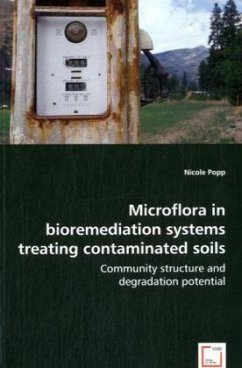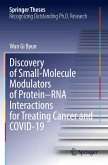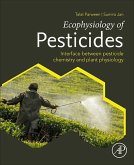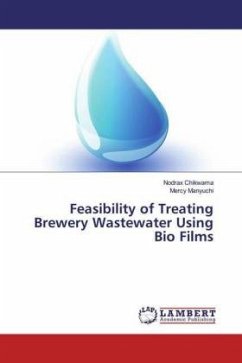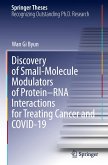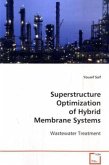The contamination of soils with mineral oil hydrocarbons is awidespread environmental problem. Off-site remediation is the mostapplied strategy for soil cleaning. To improve this process theunderstanding of the development of the bacterial community and thedetermination of the degradation potential in soil duringbioremediation is important. The active microorganisms in an activesoil remediation system were characterised and analysed by cloningcDNA of 16S rRNA. Based on this result probes for the main detectedbacterial groups were chosen from literature or newly designed tocharacterise and analyse the active microorganisms in a workingsoil remediation system by membrane hybridisation. Since mineraloil hydrocarbons mainly consist of alkanes and aromatic compoundsgenes for the key enzymes alkane hydroxylase (AlkB) and catechol2,3-dioxygenase (C23O) were used to quantify the degradationpotential on DNA level. This book is aimed at microbiologistsespecially those interested in microbial degradation potential orRNA analysis and operators of bioremediation systems.
